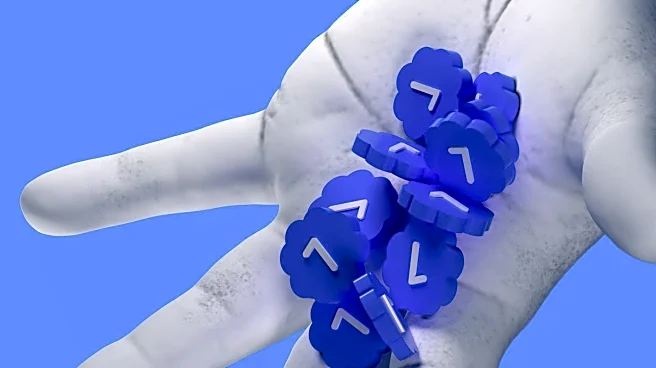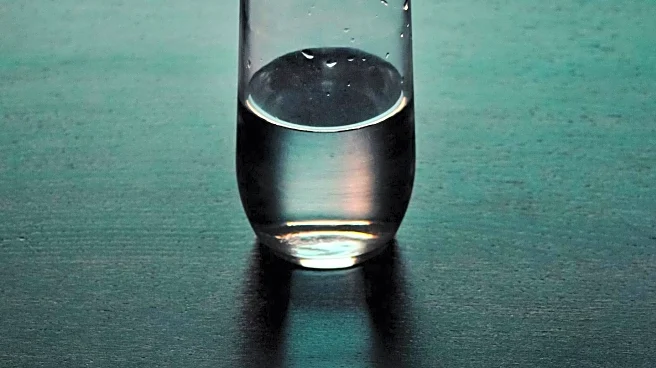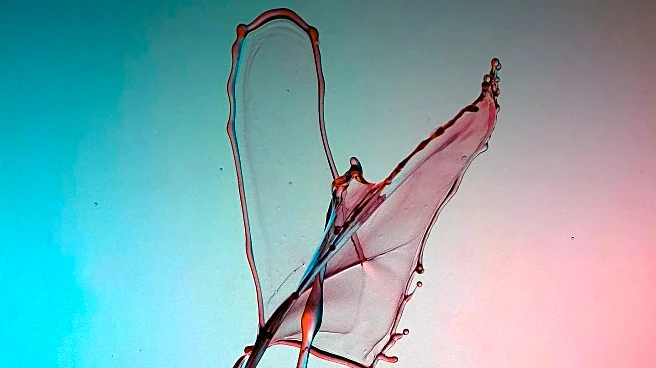What's Happening?
A recent study published in Science Advances has uncovered the physiological benefits of sighing, particularly in enhancing lung function. Researchers from ETH Zurich, led by senior author Jan Vermant,
have demonstrated that sighing helps to reorganize the multilayer film of lung fluids, thereby increasing lung compliance. The study utilized a bubble-like apparatus filled with lung surfactant to simulate the conditions within human lungs. The findings suggest that deep breaths and sighs compress lung fluid, reducing surface stress and facilitating smoother breathing. This mechanical process aligns with clinical observations that short, shallow breaths can lead to breathing difficulties.
Why It's Important?
The study's findings have significant implications for therapeutic treatments of lung conditions. By understanding the mechanical benefits of sighing, medical professionals may develop new materials or methods to mimic the natural multilayered structure of lung fluids, potentially improving treatments for patients with breathing difficulties. The research highlights the importance of deep breathing in maintaining lung health, offering a simple, non-invasive method to enhance respiratory function. This could lead to revised therapeutic approaches for lung failure, benefiting patients who struggle with breathing issues.
What's Next?
Further research is needed to confirm these findings in real-life scenarios, as the current study was conducted using an apparatus rather than actual human lungs. Future investigations could explore the development of artificial materials that replicate the multilayered lung fluid structure, potentially leading to new treatments for respiratory conditions. Additionally, the study encourages individuals to incorporate deep breathing exercises into their daily routines to promote lung health.
Beyond the Headlines
The study provides a scientific explanation for the common experience of relief following a deep sigh, emphasizing the physiological benefits of this simple action. It also opens up discussions on the potential for non-pharmacological interventions in respiratory therapy, highlighting the intersection of mechanical physics and human health.











